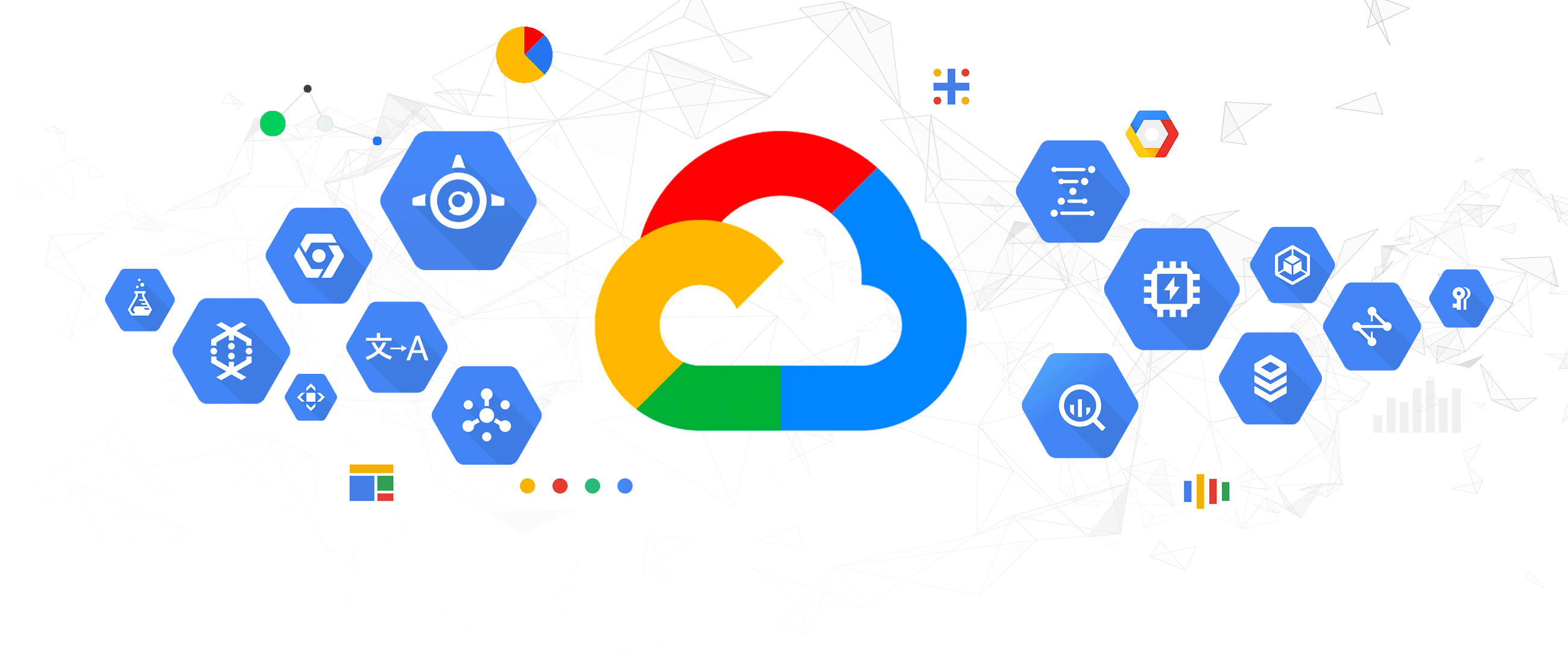Pardot for Salesforce. Who is it for?
Unstructured prospecting funnels, generic-feeling marketing campaigns and a lack of cooperation between marketing and sales. Those are the kinds of problems Pardot solves well.
Sales & marketing leaders serious about bringing all those things into powerful alignment to elevate revenue can benefit from Pardot’s flexibility, reporting insight and scalability—without loss of personalisation and brand-touchpoint consistency.
Pardot’s VP of Marketing, Nate Skinner, writes that from its inception through to 2019, businesses implementing Pardot saw:
- A 34% increase in their sales revenue and
- A 62% increase in sales pipeline

Positive stats are always nice.
The real question is, for all it’s impressive AI automation, should you use it over Salseforce’s native Marketing Cloud? This Pardot guide will help you answer that question. First, let’s wade through the basics.
How Does Pardot Work?
Besides the obvious perks of furthering your marketing reach and increasing the volume of closed sales, Pardot comes packed with other sophisticated marketing functionality that makes similar platforms look modest. From customer-engagement insights, to target-prospect and company tracking.
It does this with:
Streamlined lead management
Pardot lead management elevates prospect engagement along the pipeline journey:
- Lead Nurturing – Audience-based, adaptive and responsive.
- Lead Qualification – Identify your hottest leads and prioritise lead targeting efforts.
- Automation and Segmentation – Segment your audience into dynamic lists for strategic targeting.
- Dynamic Content – Use historical data to personalize every customer experience.
Smarter lead generation
Pardot’s smart lead-gen helps businesses collect higher-quality leads through:
- Landing Page Builder – With more customisable landing pages and better lead capture.
- Smart Forms – Commission more precise smart forms for higher customer engagement.
- Organic and Paid Search – Get insight into the impacts of your SEO and SEM strategies.
- Social Posting and Profiling – Schedule multi-platform postings and track prospect interaction.
Sales Alignment
With Pardot, you’ll find it much easier to keep marketing and sales strategies aligned and working together with:
- Engaging Campaigns – Send personalised mini-campaigns to every prospect.
- Real Time Alerts – Connect and communicate with customers at the right time, every time.
- Activity Tracking – Engage more meaningfully with customers by keeping track of their activity history.
- CRM Integration – Connect with the Salesforce CRM for seamless customer management.
Email Marketing
Pardot brings seamless automation, personalisation and impact to marketing campaigns through:
- Intuitive Email Builder – For crisp, professional and customised emails.
- Automated Engagement – That makes sure customers always receive the right response using automated-email schedules and auto-replies to form queries.
- Personalised Messaging – To deliver a personal experience to every customer.
- Optimised Sending – For harnessing the power of interactive data to ensure emails reach their intended recipients.
Analytics and Reporting
With Pardot, you’ll have a clearer understanding of the impact your marketing strategies are having on revenue.
- ROI Reporting – Measure and monitor how your campaigns are performing.
- Lifecycle Reporting – Understand how your customers move through every stage of the sales funnel.
- Advanced Email Reporting – Keep track of customer engagement with your emails at every stage of your campaign.
- Channel Overview and Connection – Analyse how your various marketing channels work together in bringing you leads.
Should I Use Pardot?
Even after reviewing the features that Pardot for Salesforce offers, you may still be unsure whether or not it’s the right fit for your business.
In a nutshell, Pardot can be beneficial for your business if:
- Your business is exclusively, or predominantly in B2B.
- Your new-business strategy depends heavily on rapid, lead qualification.
- Your buyer sales cycle is longer, with more than one decision-maker.
- You operate a smaller database with a high value per sale.
- You want to better integrate marketing and sales activities.
- You’re focused on nurturing and approaching more sales-ready prospects.

When Should I Use Salesforce Marketing Cloud Instead of Pardot?
Although Pardot for Salesforce and Marketing Cloud share the same objectives of marketing automation and analytics, they exist as two separate products with similar, but different capabilities.
You should be using Marketing Cloud if:
- You are looking for a wide range of tools to assist you in your email marketing, social media marketing, mobile marketing, online advertising, and marketing automation.
- You want to build brand awareness and direct brand engagement through advertising and social media.
- Your business is more transactional and has a shorter sales cycle.
- Your business has a larger database and lower value per sale.
- Your business is positioned within the B2C industry.
Feeling a little clearer on which side of the ‘Pardot or Marketing Cloud’ fence you land on? Get our attention. We’ll discover where you’re at with things and talk you through the right product for your business.
Keep in mind that there’s no hard rule saying you can’t use Pardot if you own a B2C business or Marketing Cloud for a B2B business. However, based on their features, Marketing Cloud is the better choice if you’re looking to engage with as many people as possible across multiple platforms to assist in their customer journey.
Likewise, Pardot would be the better option for your business if you have a lengthy sales cycle that requires long-term nurturing and a high degree of targeting in your campaigns and marketing.
Some businesses choose to use both Marketing Cloud and Pardot for Salesforce. Whatever your choice may be, it should be guided by your business structure, the product or service you offer, and the audience you’re targeting.









